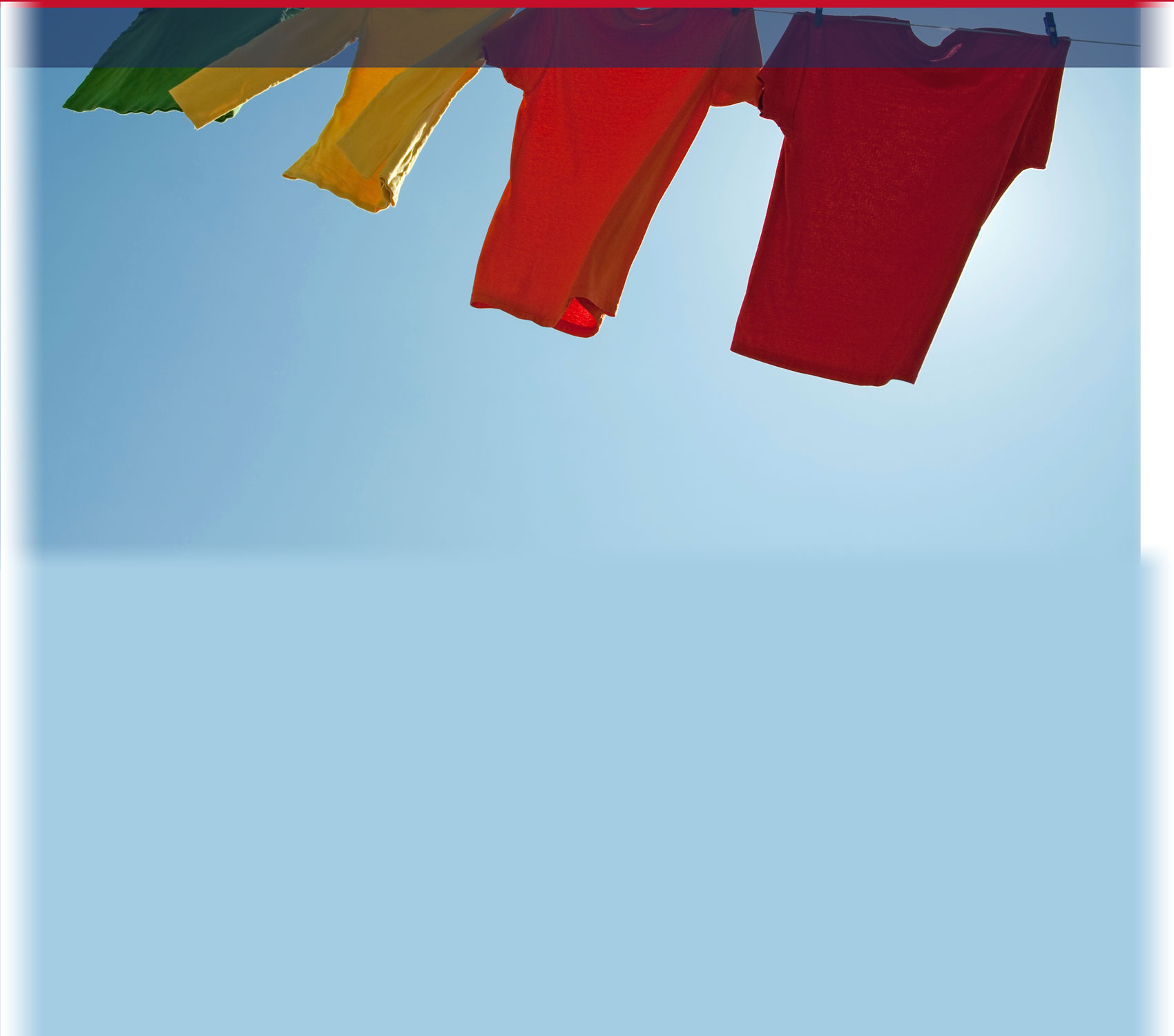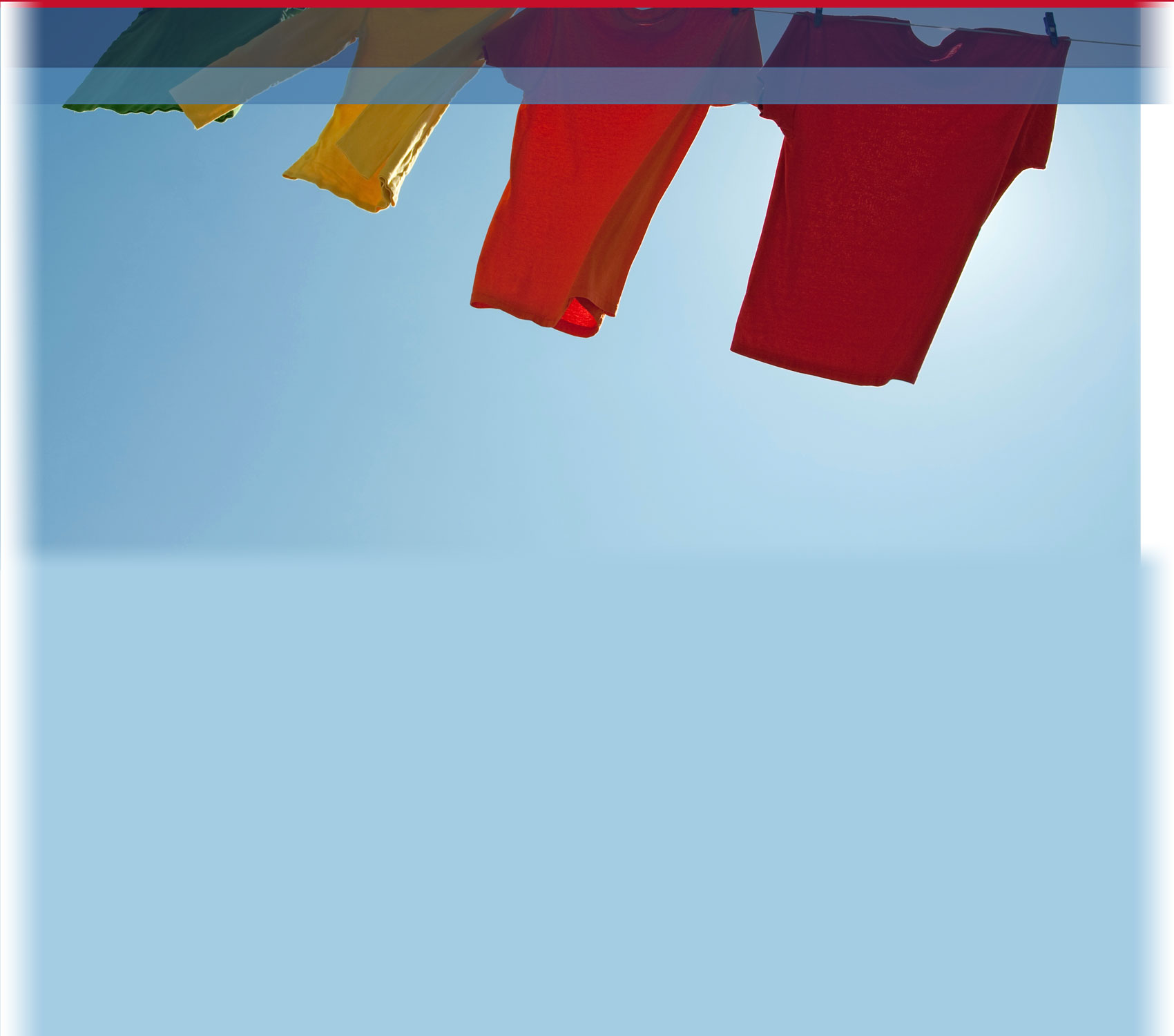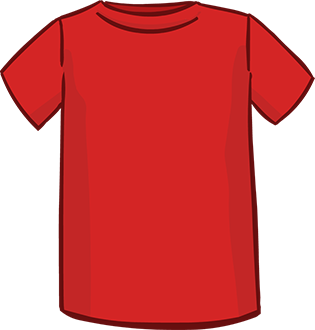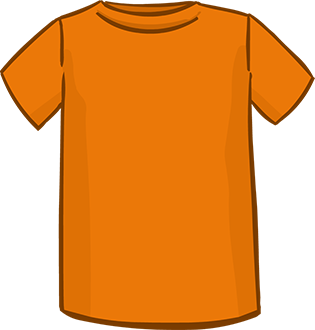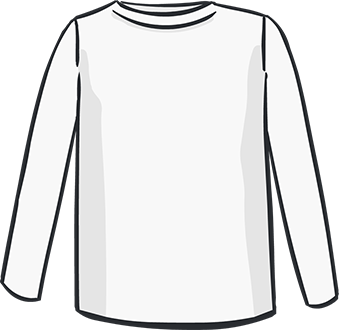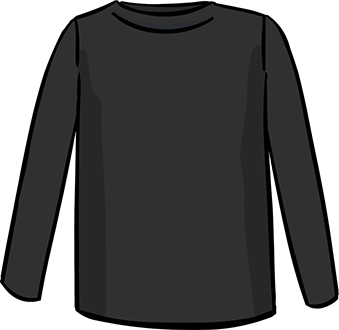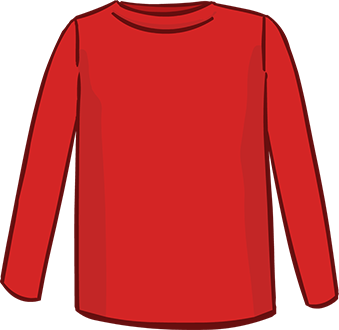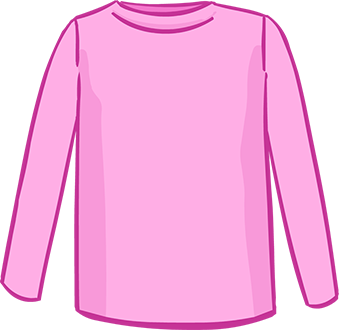Designer Tool
Now that you have examined your challenge, brainstormed ideas and identified the constraints you are working with, it is time to start exploring some possibilities for your T-shirt design!
Use the design tool below to investigate different possibilities for your T-shirt. You will notice that in addition to material, dye and graphics, the design tool asks you to make decisions about packaging materials, and labor and manufacturing practices. Review any notes you have taken in your Engineering Portfolio, and conduct any additional research you need to make decisions on these factors. Keep track of your work in your Engineering Portfolio under item #5: Explore Possibilities on page 9.
Choose options to create your T-shirt design.
Keep track of costs in your Engineering Portfolio.
Hint
CloseUse this chart to help guide your selection.
| Options | Environmental Impact | Other factors to consider |
|---|---|---|
| Organic Cotton |
|
expensive to produce |
| Hemp |
|
fabric is rough, wrinkles easily and color is often not rich |
| Bamboo |
|
expensive to produce |
Color will not affect the cost of your T-shirt.
Use this chart to help guide your selection.
| Options | Environmental Impact | Other factors to consider |
|---|---|---|
| Vegetable dyes |
|
expensive to produce |
| Low-Impact dyes |
|
fabric is rough, wrinkles easily and color is often not rich |
Think about the message you want to convey. Which graphic best helps to convey your message or cause?
If graphics cost $0.01 per square inch, you need to first obtain the product of the dimensions. Next, multiply the product by $0.01 to obtain the cost of the graphic.
For example, if the dimensions are 5 inches by 5 inches, you would find the product:
5 x 5 = 25
Next, multiple that product by the unit cost.
25 x $0.01 = $0.25
The cost of a graphic that is 5 in x 5 in is $0.25.
Choose accents that will complement your T-shirt center graphic. Remember to leave space if you choose to add text to your T-shirt.
Identify the number of accents that appear on your T-shirt. Multiply the number of accents by $0.02 to obtain the total cost of accents.
Think about your cause. What text would best convey your message? Remember to keep track of costs and the number of letters used.
Up to 20 letters is $1. Each additional letter over 20 is $0.06. If you have more than 20 letters, multiply the number of additional letters by $0.06. Next, add that product to $1.
To find 1% of the sum, multiple the sum by 0.01. Round to the nearest cent.
Use this chart to help guide your selection.
| Options | Environmental Impact | Other factors to consider |
|---|---|---|
| Domestic manufacturing (made in the U.S.) | minimal energy used in transportation | higher labor costs |
| Overseas manufacturing | more energy is used in transporting goods from oversees, which contributes to the release of greenhouse gases | lower labor costs, but companies must pay additional taxes and shipping costs |
To find 2% of the sum, multiple the sum by 0.02. Round to the nearest cent.
Use this chart to help guide your selection.
| Options | Environmental Impact | Other factors to consider |
|---|---|---|
| Made with no recycled materials | may take more energy to process materials |
|
| Made with some or all recycled materials |
|
may require more effort or expense |
Use this chart to help guide your selection.
| Options | Environmental Impact | Other factors to consider |
|---|---|---|
| Made with no recycled materials | may take more energy to process materials |
|
| Made with some or all recycled materials |
|
may require more effort or expense |
Find the sum of all items in Your Choices so far. Next, multiple the sum by either 0.02 or 0.04, if you chose to use eco-friendly practices.
Now that you have an idea of how much your T-shirt costs to produce, decide how packaging will affect your cost.
Find the sum of the costs of all items in Your Choices.
